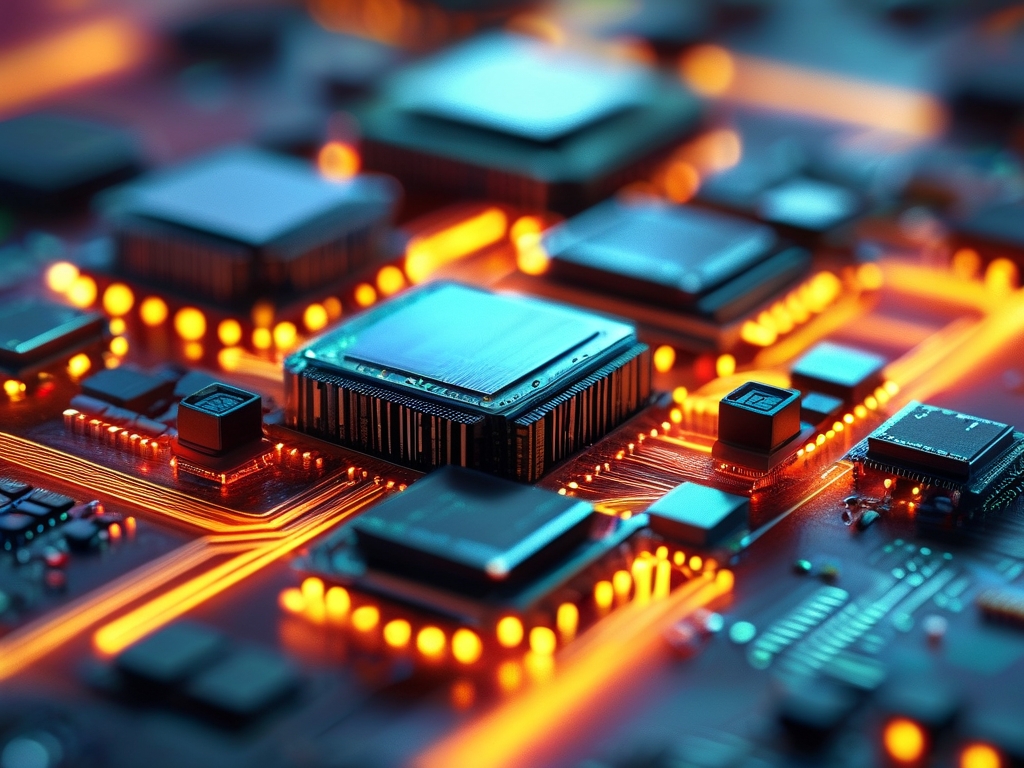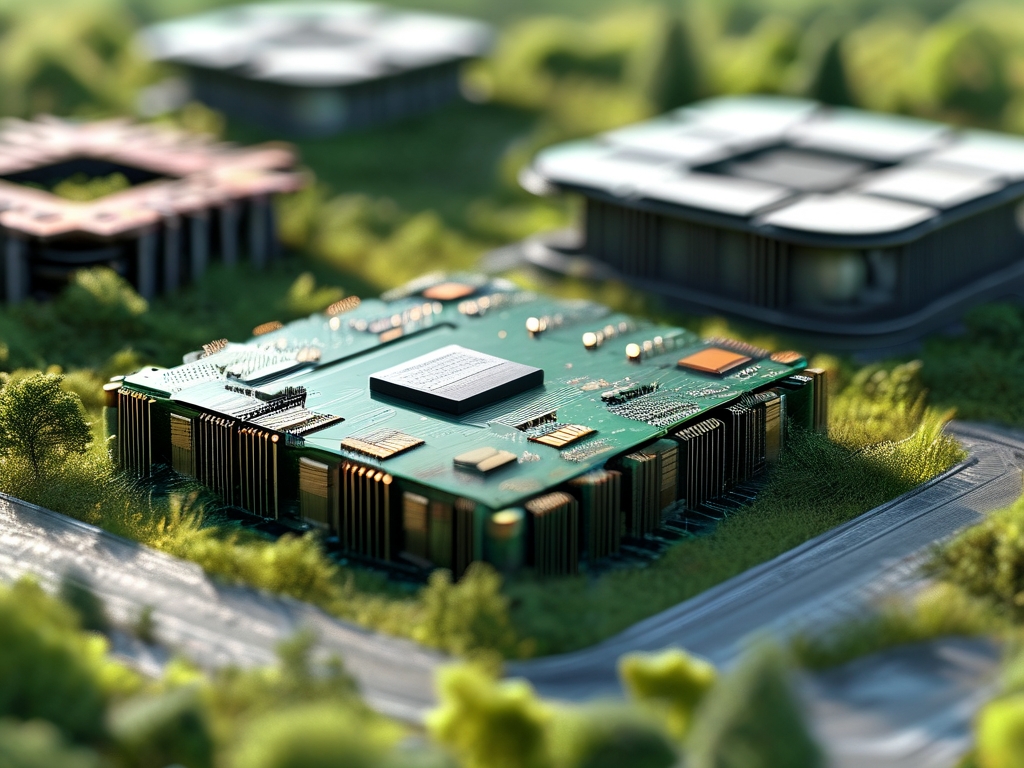Distributed chip architectures have emerged as a cornerstone of modern computing, addressing the limitations of traditional centralized designs. By distributing computational tasks across multiple interconnected units, these architectures enhance performance, scalability, and energy efficiency. This article explores six prominent types of distributed chip architectures, their applications, and their impact on the semiconductor industry.
1. Multi-Core Architectures
Multi-core architectures integrate multiple processing units (cores) on a single chip. These cores operate in parallel, sharing memory and input/output resources. Examples include Intel's Xeon processors and AMD's Ryzen series.
- Advantages: Improved parallel processing, reduced latency for multitasking.
- Challenges: Complex synchronization and cache coherence management.
- Applications: High-performance computing (HPC), servers, and consumer electronics.
2. Network-on-Chip (NoC)
NoC architectures use a network-like structure to connect cores, memory, and peripherals. Inspired by computer networks, they employ routers and packets for communication.
- Advantages: Scalability, reduced wiring complexity, and efficient traffic management.
- Challenges: Latency in large-scale designs and power consumption.
- Applications: System-on-Chip (SoC) designs for IoT devices and AI accelerators.
3. Tile-Based Architectures
Tile-based designs divide the chip into modular "tiles," each containing a processor, memory, and communication interfaces. These tiles are replicated across the chip.
- Advantages: Modularity, ease of replication, and fault isolation.
- Challenges: Inter-tile communication overhead.
- Applications: Google's Tensor Processing Units (TPUs) and FPGA-based systems.
4. Heterogeneous Distributed Architectures
These architectures combine diverse processing units (e.g., CPUs, GPUs, NPUs) on a single chip. Apple's M-series chips and NVIDIA's Grace Hopper Superchip are prime examples.
- Advantages: Optimized performance for specialized tasks (AI, graphics).
- Challenges: Software compatibility and thermal management.
- Applications: Mobile devices, autonomous vehicles, and edge computing.
5. 3D Stacked Architectures
3D architectures vertically stack silicon layers connected by through-silicon vias (TSVs). This approach reduces physical footprint and improves data transfer speeds.

- Advantages: Higher density, reduced interconnect length, and lower power consumption.
- Challenges: Heat dissipation and manufacturing complexity.
- Applications: Memory cubes (HBM) and advanced AI chips.
6. Cluster-Based Architectures
Cluster-based designs group cores into clusters, with each cluster operating semi-independently. ARM's DynamIQ technology exemplifies this approach.
- Advantages: Flexibility in workload distribution and energy efficiency.
- Challenges: Load balancing and cluster synchronization.
- Applications: Smartphones, embedded systems, and robotics.
Comparative Analysis
| Architecture | Scalability | Energy Efficiency | Use Case Focus |
|---|---|---|---|
| Multi-Core | Moderate | Medium | General-purpose computing |
| NoC | High | High | SoC and AI accelerators |
| Tile-Based | High | Medium | Modular systems |
| Heterogeneous | Medium | High | Specialized workloads |
| 3D Stacked | Low | High | High-density systems |
| Cluster-Based | Medium | High | Mobile and edge devices |
Future Trends
The evolution of distributed architectures is driven by demands for AI, quantum computing, and energy sustainability. Innovations like chiplet-based designs (e.g., AMD's EPYC processors) and neuromorphic architectures (e.g., Intel's Loihi) are pushing boundaries. Meanwhile, open-source frameworks like RISC-V are democratizing distributed chip design.

Distributed chip architectures are redefining the limits of computational power and efficiency. From multi-core CPUs to 3D-stacked GPUs, each type addresses unique challenges while unlocking new possibilities. As technology advances, these architectures will play a pivotal role in shaping next-generation computing systems.









